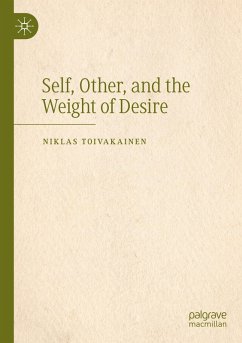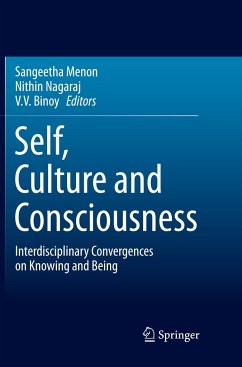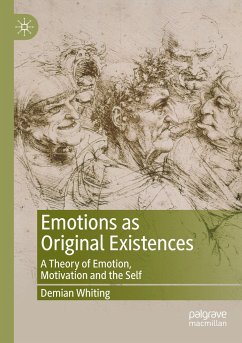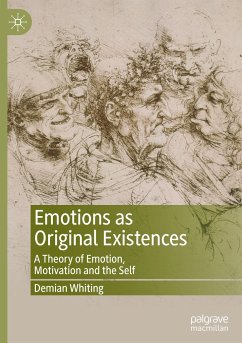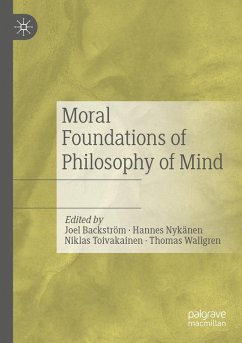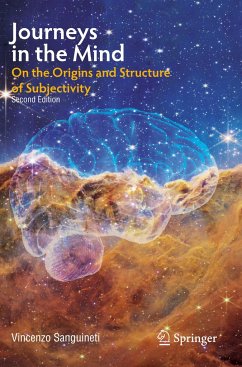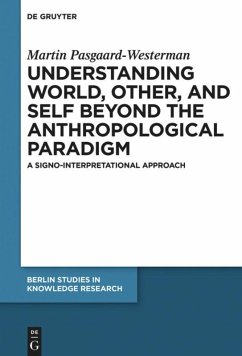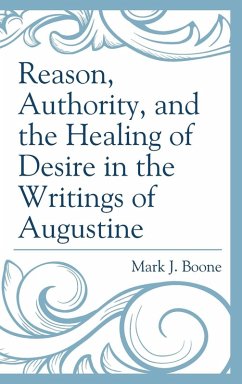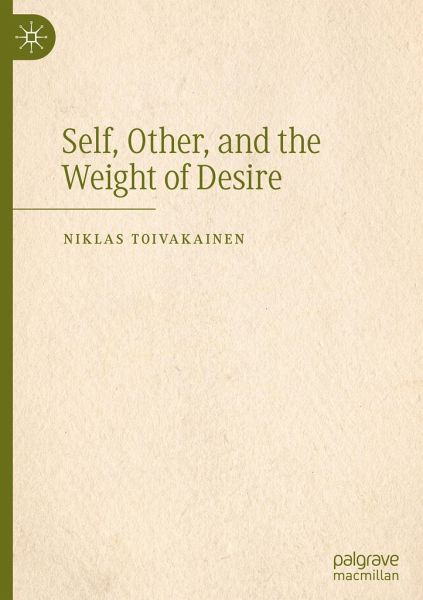
Self, Other, and the Weight of Desire
Versandkostenfrei!
Versandfertig in 6-10 Tagen
91,99 €
inkl. MwSt.
Weitere Ausgaben:

PAYBACK Punkte
46 °P sammeln!
This is a book about the moral-existential nature of, and the desire inscribed in, the deadlocks generated by our attempts to ground and exhaustively explain the concerns that provoke philosophical reflection.While the book argues that these deadlocks are symptomatic of an impossibility internal to the very enterprise of grounding and explanation, it does not, however, declare any substantial groundlessness. Rather, the book shows that the choice between secure ground and groundlessness, or between final explanations and the inexplicable, is ultimately arbitrary. Instead, through readings of t...
This is a book about the moral-existential nature of, and the desire inscribed in, the deadlocks generated by our attempts to ground and exhaustively explain the concerns that provoke philosophical reflection.
While the book argues that these deadlocks are symptomatic of an impossibility internal to the very enterprise of grounding and explanation, it does not, however, declare any substantial groundlessness. Rather, the book shows that the choice between secure ground and groundlessness, or between final explanations and the inexplicable, is ultimately arbitrary. Instead, through readings of the so-called hard problem of consciousness, of Descartes' first principle of philosophy, of Plato's dialogue Gorgias, and of Lacan and Wittgenstein, Toivakainen argues that the actual point of significance, the sense of the impossibility or deadlock, must be traced back to the claims of desire that inform the very movement of grounding and explanation, a desire that is inscribed in aconstitutive and inescapable address between self and other. In short, the book translates and rewrites points of structural deadlock into their (original) moral-existential landscapes by following traces of desire.
While the book argues that these deadlocks are symptomatic of an impossibility internal to the very enterprise of grounding and explanation, it does not, however, declare any substantial groundlessness. Rather, the book shows that the choice between secure ground and groundlessness, or between final explanations and the inexplicable, is ultimately arbitrary. Instead, through readings of the so-called hard problem of consciousness, of Descartes' first principle of philosophy, of Plato's dialogue Gorgias, and of Lacan and Wittgenstein, Toivakainen argues that the actual point of significance, the sense of the impossibility or deadlock, must be traced back to the claims of desire that inform the very movement of grounding and explanation, a desire that is inscribed in aconstitutive and inescapable address between self and other. In short, the book translates and rewrites points of structural deadlock into their (original) moral-existential landscapes by following traces of desire.





